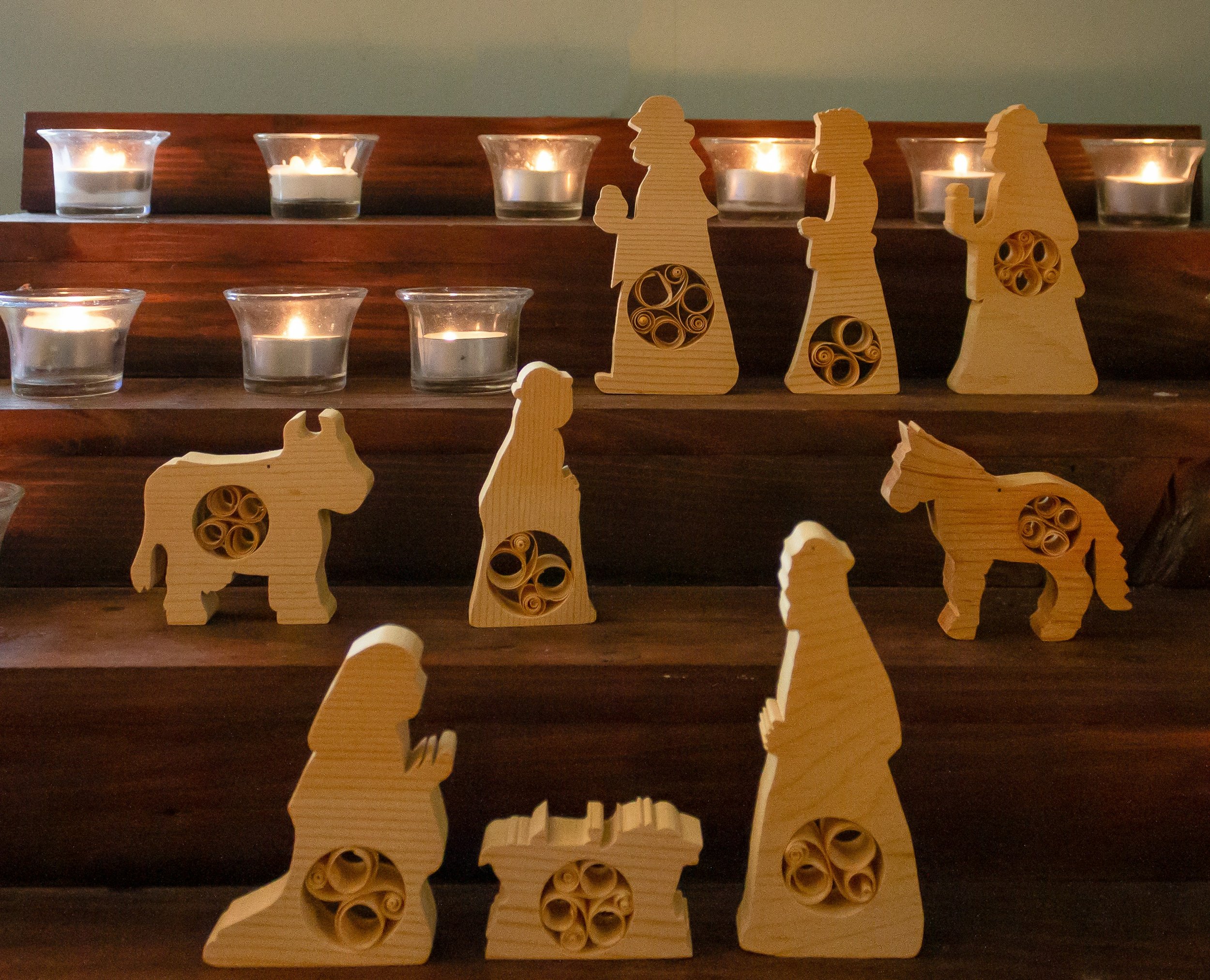Why Are There 12 Days of Christmas? Unpacking the Tradition
The "12 Days of Christmas" isn’t just a festive carol; it’s a tradition steeped in Christian history and symbolism. While the holiday season seems to culminate on December 25th, for many Christian traditions, that day marks the beginning of a sacred celebration that spans nearly two weeks. Let’s explore the origins and significance of the 12 Days of Christmas and why they remain meaningful today.
The Historical and Liturgical Roots
The 12 Days of Christmas originate from the liturgical calendar of the Western Christian Church. They begin on Christmas Day (December 25th) and end on January 5th, known as Twelfth Night, the eve of Epiphany. This period bridges the celebration of Christ’s birth and the arrival of the Magi, symbolizing the revelation of Jesus to the world.
In earlier centuries, these 12 days were marked by feasts, reflection, and acts of charity, each day emphasizing different aspects of the Christmas story and Christian faith. The days were a time to celebrate with loved ones, express gratitude, and deepen spiritual connections.
The Symbolism in the Song
The carol The 12 Days of Christmas is often thought to carry symbolic meanings. Some believe it was used as a catechism tool during times when Christians had to practice their faith secretly. For instance:
Partridge in a pear tree: Represents Jesus Christ.
Two turtle doves: Symbolize the Old and New Testaments.
Three French hens: Faith, hope, and love.
While the exact origins of the song’s symbolism are debated, its connection to the 12 days reinforces the idea of keeping Christ at the center of Christmas celebrations.
How We Celebrate Today
In our modern world, the 12 days are often overshadowed by the rush leading up to Christmas Day. Yet, reviving the tradition of celebrating the full 12 days offers a meaningful way to keep the spirit of Christmas alive. Here are a few ideas:
Daily Devotionals: Reflect on a different aspect of the Christmas story or a virtue like hope, love, or generosity.
Acts of Giving: Extend the joy of the season by donating to charities or helping those in need during this time.
Creative Expressions: Use the 12 days to explore artistic expressions of Christmas through music, art, or storytelling.
Why It Matters
The 12 Days of Christmas invite us to slow down and savor the meaning of the season. It’s a reminder that Christmas is not just one day but a season of reflection, joy, and hope.
This year, why not embrace the 12 days? Whether through small daily rituals or moments of quiet gratitude, let these days be a bridge from the celebration of Christ’s birth to the light and revelation of Epiphany.
How do you celebrate the 12 Days of Christmas? Share your traditions and reflections in the comments below!




